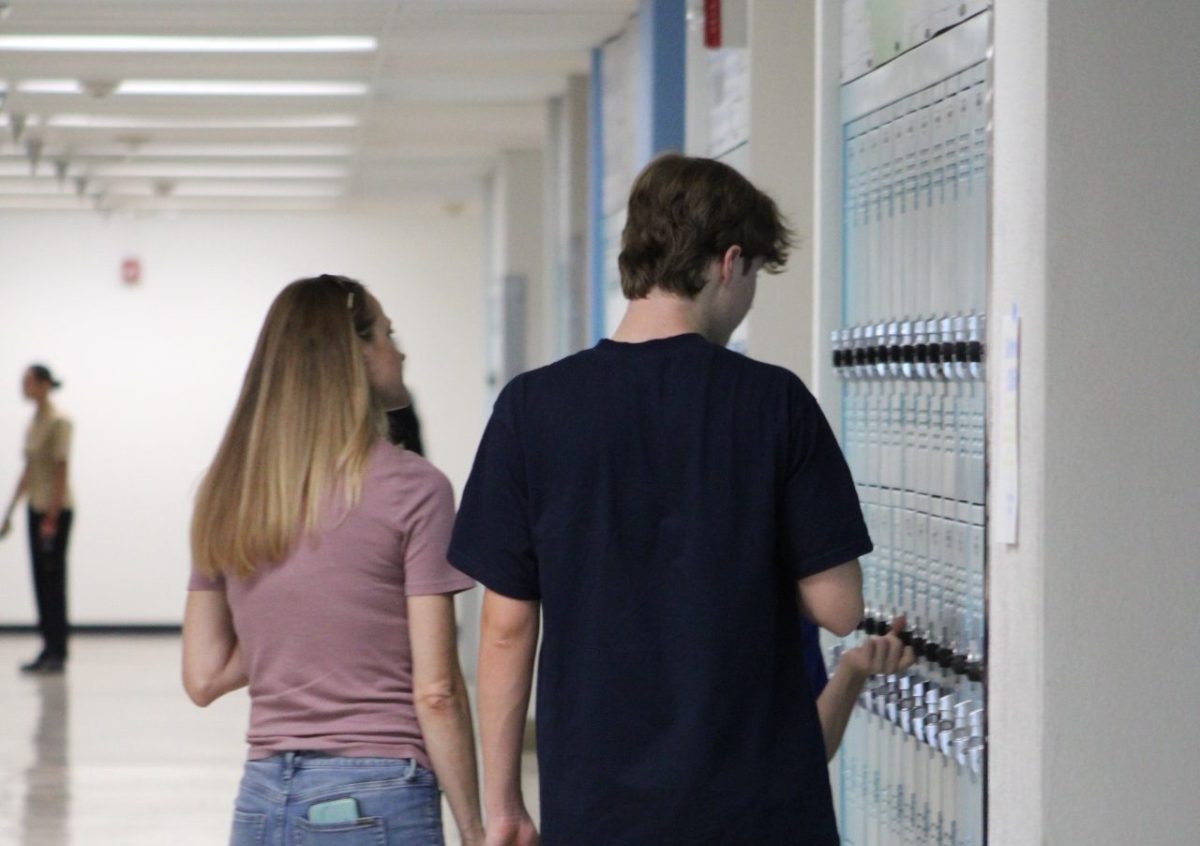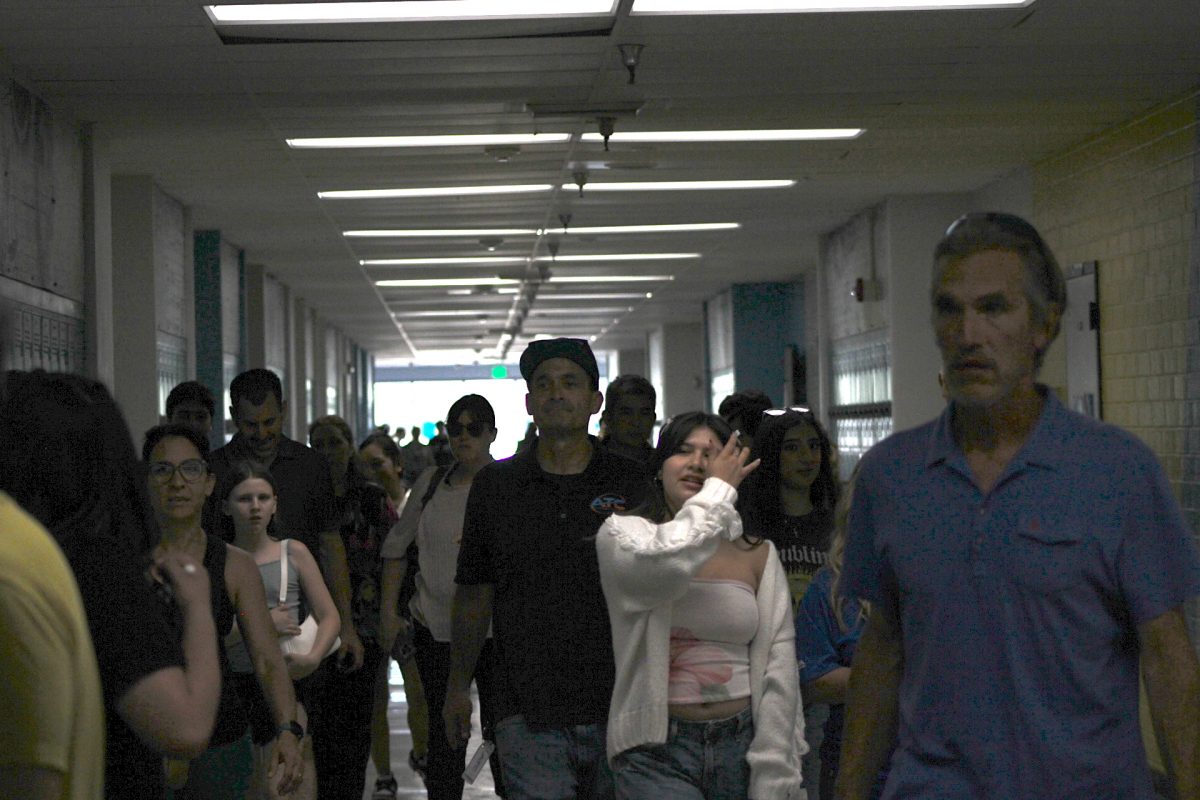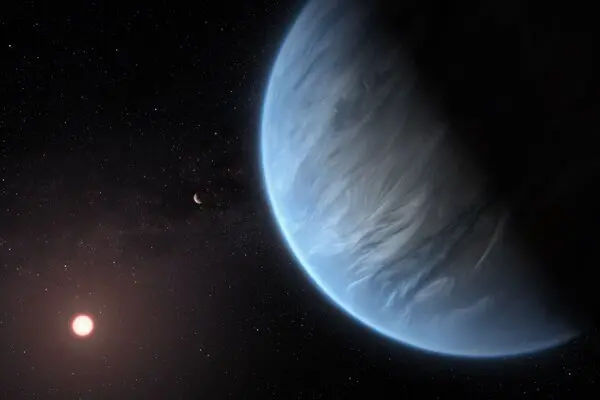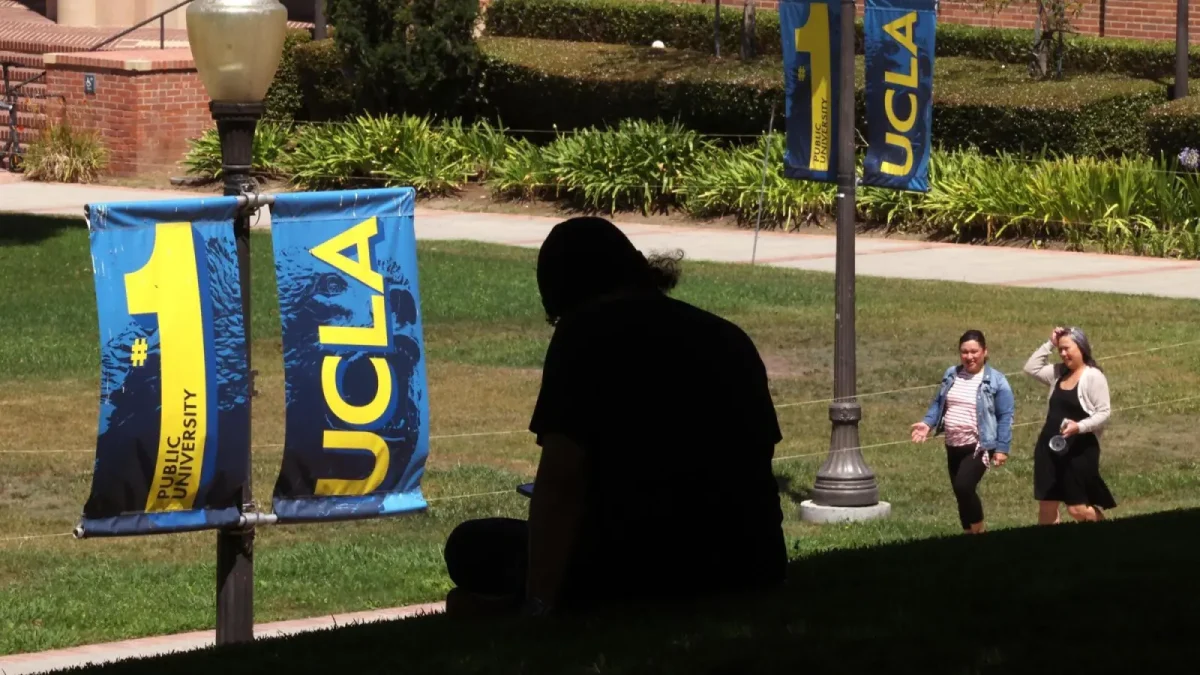Researchers identified dimethyl sulfide, a chemical produced by life on Earth, on planet K2-18B.
With the James Webb Space Telescope, scientists were able to identify the atmospheric concentration on K2-18B with a technique called transmission spectroscopy. This technique involves inspection of the light and how it gets absorbed by gases.
By using this method, scientists were able to identify chemical signatures that appear to be dimethyl sulfide (DMS) or dimethyl disulfide (DMDS). On Earth, DMS and DMDS are chemicals produced by ocean phytoplankton and bacteria. If the chemicals are truly DMS or DMD, then the argument of space life grows stronger, as these chemicals are only known to be produced by living organisms.
There is a possibility that there might be a process that produces these chemicals without living things; however, at the moment, the current understanding of DMS and DMDS all point towards life. Before any further assumptions are made, the light signals must be proven. Currently, the scientific community requires a 99.99999% certainty to acknowledge reading to be accurate. While this number may seem far away, scientists were able to jump from 68% certainty 18 months ago to a recent 99.7% certainty. So, while substantial proof of DMS or DMDS still needs to be acquired, space life comes closer to being found.
While the chemicals aren’t confirmed, there are other factors that support the K2-18b containing life. Readings have found that the planet contains hydrogen, methane, and carbon. Because of this composition, researchers believe that it is a Hycan world, meaning the planet is covered in water. Water is one of the main factors that support life, and its large quantities on K2-18b increase the possibility of life on the planet. Furthermore, the planet is located in its system’s habitable zone, making it more likely that life can emerge within it.
While lacking solid evidence, K2-18b hints at the possibility of life beyond our solar system. As time goes on and more research is conducted, the chance of finding living organisms increases. Even if K2-18b doesn’t have life, its research will help the search for outer space life. If it does contain living organisms, then humans will know that they aren’t alone in the universe and that life may be more common than previously thought.



























